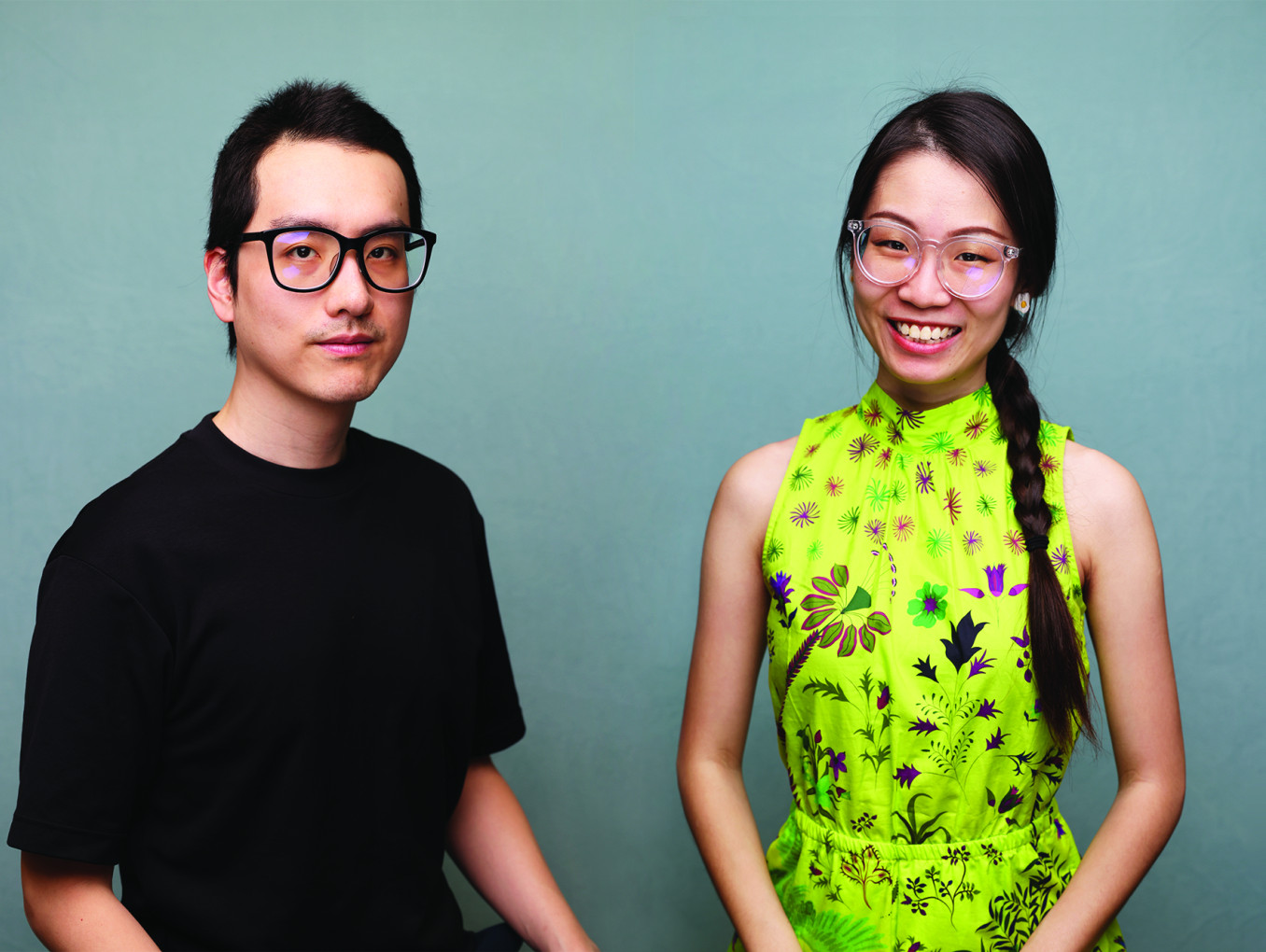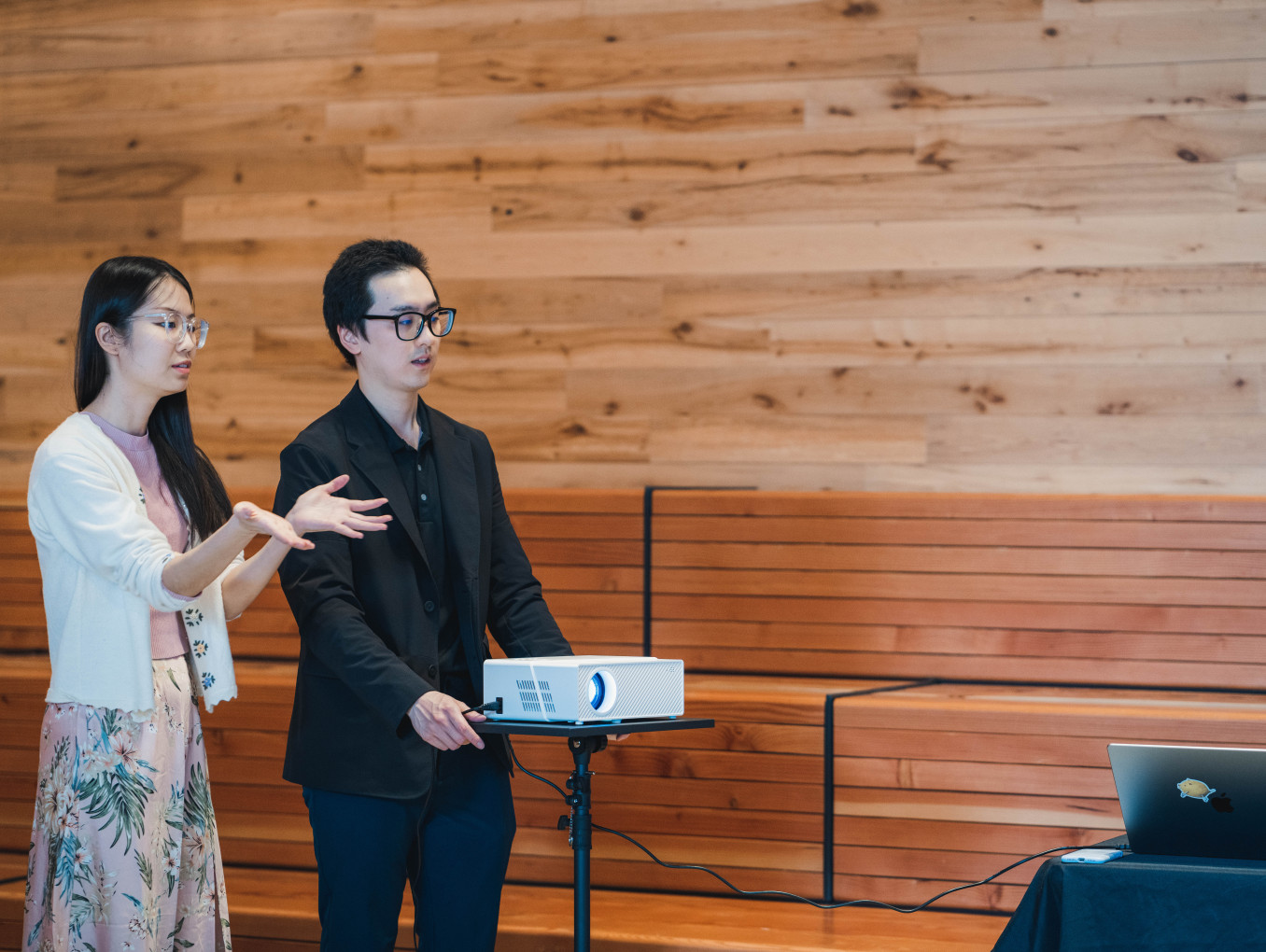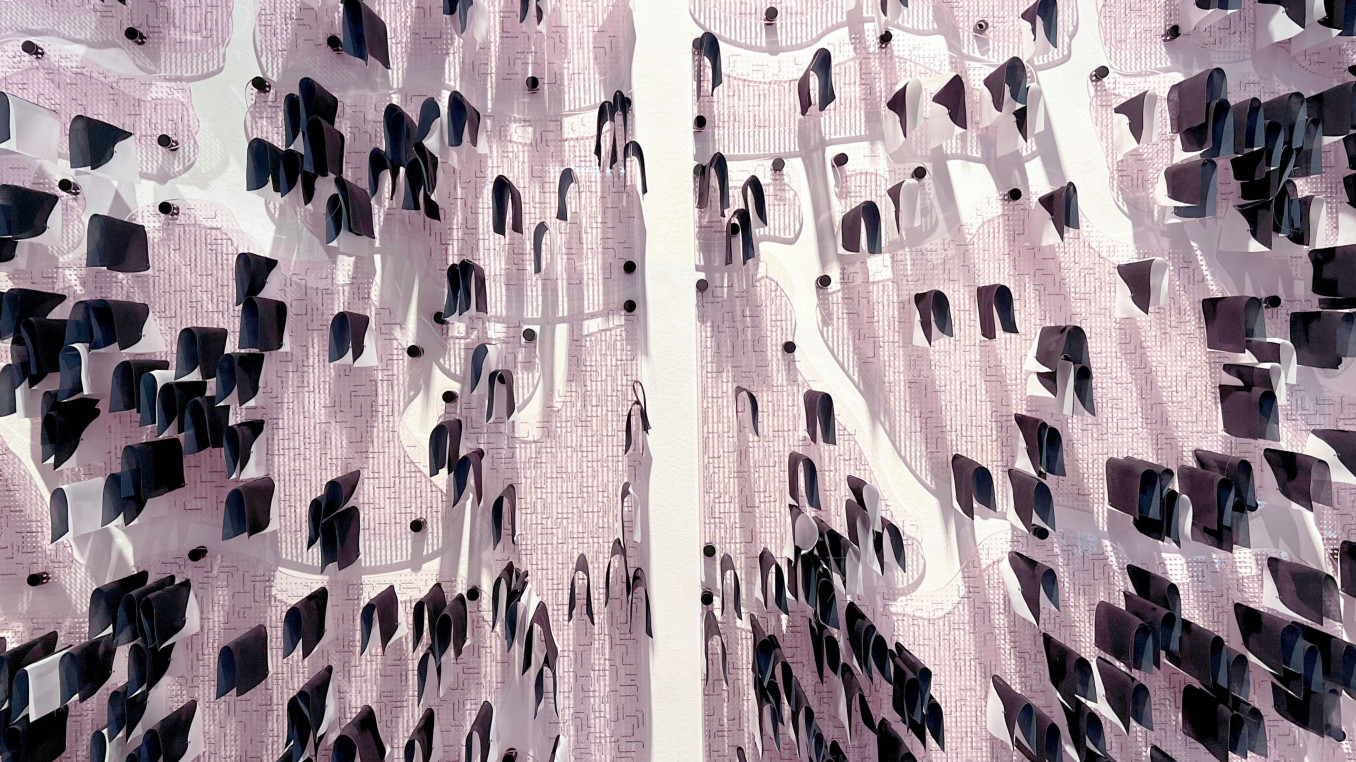Multisensory Data Revolution: Wangs & Huangs DataWagashi Transforms Climate Communication
Breaking the Wall of Multisensory Data
Science Breakthrough of the Year 2024 Interview: Art & Science
Discover the innovative DataWagashi project by Tiange Wang and I-Yang Huang, which transforms climate data into multisensory edible experiences. By incorporating taste, smell, texture, and touch, DataWagashi makes complex information more engaging and accessible, fostering deeper understanding and emotional connection with environmental issues. Explore how this groundbreaking approach bridges the gap between art, science, and technology to inspire meaningful conversations and actions on climate change.
Which wall does your research or project break?
DataWagashi aims to break down several significant walls in the field of data communication, particularly around climate data. Traditional data visualization primarily relies on visual elements, which can often make complex information feel overwhelming and detached from personal experience. This can result in data fatigue and disengagement rather than fostering interest and understanding.
1. Sensory Engagement: By incorporating taste, smell, texture, and touch, DataWagashi transforms data into multisensory experiences. This approach makes data more tangible and accessible, engaging people beyond the usual visual representations and potentially reaching those with different sensory preferences and capabilities.
2. Complexity and Fatigue: Climate data is inherently complex and can be difficult for the general public to relate to. DataWagashi aims to simplify and humanize this data by embedding it into traditional Japanese confections (Wagashi), which are culturally symbolic and widely appreciated. This makes the data more relatable and easier to digest (both figuratively and literally).
3. Cultural Integration and Inclusivity: Wagashi, deeply rooted in the idea of capturing the essence of seasons and nature, serves as a perfect medium to represent climate data. This not only makes the data more culturally relevant but also promotes inclusivity by making the data experience accessible to people from diverse backgrounds and with varying sensory abilities.
4. Interdisciplinary Approach: DataWagashi merges traditional confectionery with modern technology and design, encouraging interdisciplinary collaboration. This helps push the boundaries of both culinary arts and data science, creating innovative ways to present and interact with data.
5. Data Empathy and Connection: By physicalizing data, DataWagashi fosters a deeper emotional connection and empathy towards climate issues. It allows people to "consume" data stories, turning abstract numbers into memorable sensory experiences that can inspire more meaningful conversations and actions regarding climate change.
Overall, DataWagashi aims to transform the way we perceive and engage with data, making it more interactive, inclusive, and impactful.
What are the three main goals of your research or project?
The DataWagashi project has three primary goals aimed at transforming how data is perceived and interacted with:
Enhancing Data Accessibility and Engagement: The project seeks to make complex data, particularly climate data, more accessible and engaging by transforming it into multisensory experiences. By incorporating taste, smell, texture, and touch, DataWagashi moves beyond traditional visual data presentations, making the data experience more inclusive and appealing to a broader audience, including those with different sensory preferences and capabilities.
Promoting Environmental Awareness and Empathy: One of the central objectives of DataWagashi is to foster a deeper emotional connection and empathy towards environmental issues. By embedding climate data into traditional Japanese confections (wagashi), which symbolize the beauty and transience of nature, the project aims to create memorable and tangible data experiences that can inspire more meaningful conversations and actions regarding climate change.
Innovating Data Communication Methods: DataWagashi strives to push the boundaries of data communication by merging traditional confectionery with modern technology and design. This interdisciplinary approach not only showcases the potential for new ways of representing and interacting with data but also encourages innovation within both the culinary arts and data science fields. The project aims to inspire other designers, artists, and technologists to explore new avenues in data visualization and physicalization.
These goals collectively aim to transform data into an immersive, engaging, and impactful experience that bridges the gap between information and personal connection, fostering a more informed and empathetic society.
What advice would you give to young scientists or students interested in pursuing a career in research, or to your younger self starting in science?
To young scientists and students embarking on a research career, I offer this advice drawn from the heart of innovation and the spirit of technology. Your journey into research is an odyssey of discovery, creativity, and relentless curiosity.
First, immerse yourself in the thrill of exploration. Research is not just a profession; it’s a quest for understanding. Approach every problem with a sense of wonder and an open mind. The questions you ask are as important as the answers you seek. Don’t be afraid to challenge conventional wisdom and explore the unknown. Your curiosity is your greatest asset.
Understand that failure is a natural part of the research process. It’s a signal, not a setback. Each failure teaches you something invaluable, guiding you closer to success. Embrace these moments as opportunities to learn and refine your approach. The road to innovation is paved with experiments that didn’t go as planned, each one a lesson in disguise.
Collaboration is the cornerstone of scientific advancement. Surround yourself with a diverse network of mentors, peers, and collaborators. The fusion of different perspectives can spark groundbreaking ideas and solutions. Be open to interdisciplinary approaches; often, the most exciting innovations occur at the intersections of different fields.
Communicating your research effectively is crucial. Whether through publications, presentations, or projects, make your findings accessible and engaging. Your ability to convey complex ideas in a clear and compelling manner will amplify your impact and reach a broader audience.
Finally, remain resilient and passionate. Research is a marathon. There will be challenges, but your passion for discovery and your commitment to making a difference will carry you through. Remember why you started this journey and let that purpose drive you forward.
Embrace the journey with all its complexities and rewards. You’re not just contributing to science; you’re shaping the future. Stay curious, stay driven, and let your passion for discovery illuminate the path ahead.
What inspired you to be in the profession you are today?
Influenced by diverse sources – contemporary designers, traditional artists, and humanist technologists — we create at the intersection of design, art and technology. Inspired by nature, grounded in culture, enriched by data, enabled by emerging technologies, and boosted by a healthy dose of East Asian philosophy, our work crafts the future of human-centered and planet-conscious interactive experiences that foster beauty, joy and connection.
What impact does your research or project have on society?
DataWagashi transforms complex climate data into multisensory edible experiences, making data more accessible and engaging, thereby fostering a deeper understanding and emotional connection with environmental issues.
What is one surprising fact about your research or project that people might not know?
In the process of production testing for Wagashi, so many samples were created to experiment with temperature and mold casting that they almost filled up our entire freezer.
What’s the most exciting moment you've experienced over the course of your research or project?
Throughout the day, we immerse ourselves in the design process, sketching concepts, refining details, and challenging assumptions. We find joy in those "eureka" moments when a solution clicks into place. And when the day feels mundane, it's the little surprises—a clever insight or a breakthrough idea—that reignite our excitement and keep us going.



